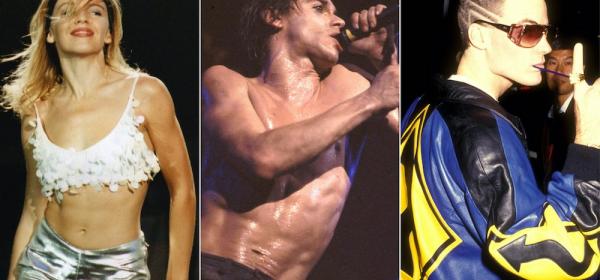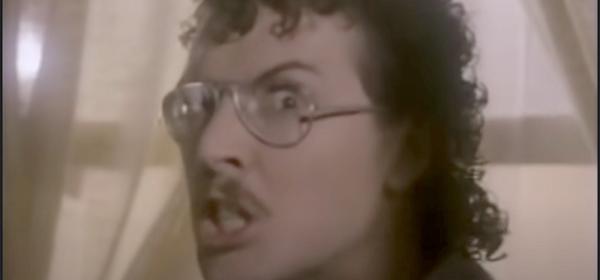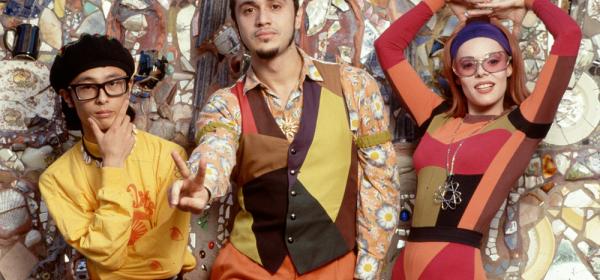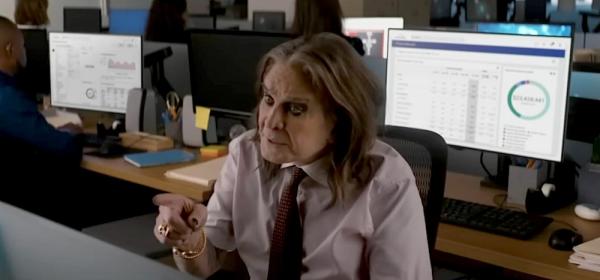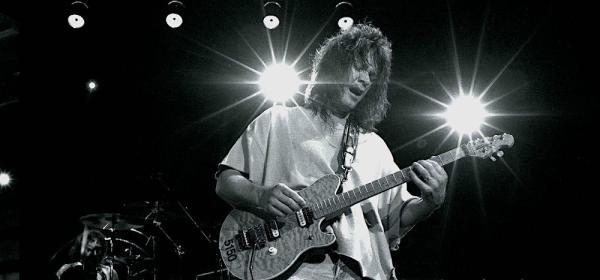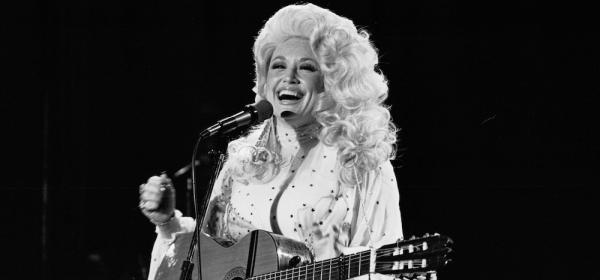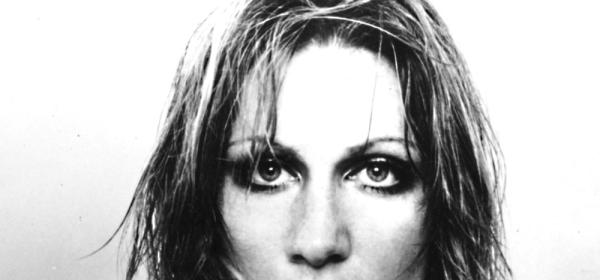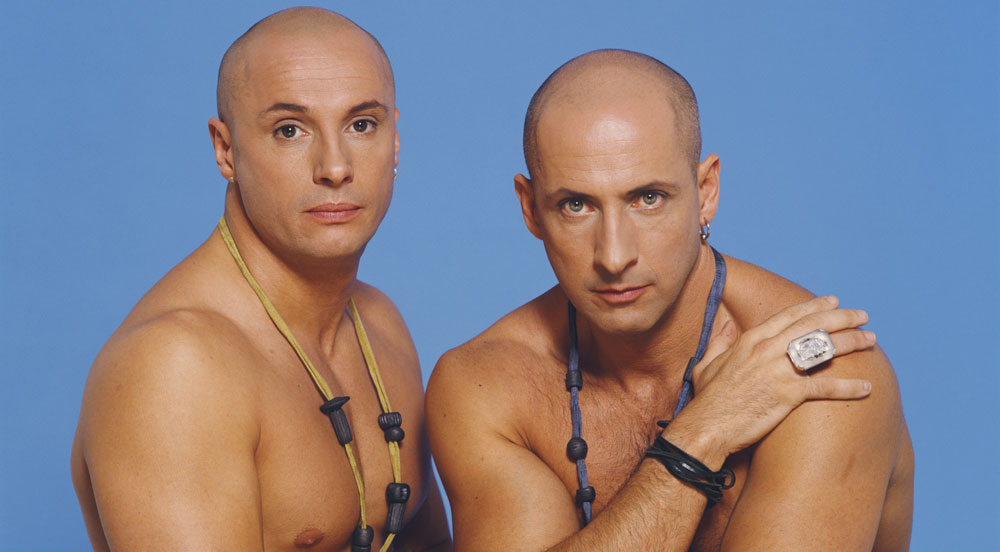
We recently took a look back at artists who got to number 1 in the 1980s but were, despite labels to the contrary, not one-hit wonders.
Now it’s time to step into the 1990s to do the same. Here are another dozen chart-toppers whose other hit(s) often get over-looked.
MC Hammer
Number 1 hit: “U Can’t Touch This” (Five weeks in 1990)
Next biggest hit: “Pray” (number 7 in 1991)
It’s understandable the first hip-hop song to reach number 1 in Australia might overshadow anything else the rapper born Stanley Burrell released, but besides his Rick James-sampling breakthrough hit, MC Hammer also succeeded with another track that had an instantly recognisable hook. Beyond “Pray”, which sampled “When Doves Cry” by Prince, Hammer (as he was later known) almost reached the top 10 with “Addams Groove”.
Vanilla Ice
Number 1 hit: “Ice Ice Baby” (Three weeks in 1991)
Next biggest hit: “Play That Funky Music” (number 13 in 1991)
Hardly anyone ever remembers Robert Van Winkle’s other top 20 hit – a cover of the 1976 single by Wild Cherry. But Vanilla Ice’s take on “Play That Funky Music” actually preceded “Ice Ice Baby”. In fact, his number 1 song was initially the B-side to an early recording of “Play That Funky Music” before it started getting airplay in its own right. After the success of “Ice Ice Baby”, Vanilla Ice re-recorded “Play That Funky Music” and registered another hit.
Londonbeat
Number 1 hit: “I’ve Been Thinking About You” (Four weeks in 1991)
Next biggest hit: “Come Back” (number 14 in 1995)
Often it’s the follow-up to a number 1 that gives an artist their next biggest hit – and Londonbeat did score again with “A Better Love” reaching number 25 in 1991 – but it would take four years for the group to return to the top 20 with “Come Back”, the lead single from their self-titled fourth album. Fun fact: Londonbeat singer Jimmy Helms was a one-hit wonder as a solo artist – at least in the UK, where he reached the top 10 in 1973 with “Gonna Make You An Offer You Can’t Refuse”.
Melissa
Number 1 hit: “Read My Lips” (Two weeks in 1991)
Next biggest hit: “Sexy (Is The Word)” (number 3 in 1991)
The first single from then E Street star and future The Real Housewives Of Sydney cast member not only reached number 1 but is possibly the only pop song to contain the word “detonator” (as in: “hands off my”). Naturally, follow-up “Sexy (Is The Word)” isn’t quite as well remembered, but it charted almost as high at the time. Melissa (Tkautz) also charted with “Skin To Skin” (number 16) and two other minor top 40 singles, “Is It…?” and a cover of “The Glamorous Life”, which were released 12 years apart.
Right Said Fred
Number 1 hit: “I’m Too Sexy” (Three weeks in 1991)
Next biggest hit: “Don’t Talk Just Kiss” (number 18 in 1992)
Similar to Melissa, British pop trio Right Said Fred’s debut effort was a huge success and featured the word “pussy” without resulting in a 2 Live Crew-style ban. But the Fairbrass brothers (and the other guy) returned to the top 20 with “Don’t Talk Just Kiss” featuring Jocelyn Brown. In the UK, where “I’m Too Sexy” had got stuck at number 2 behind Bryan Adams’ Robin Hood: Prince Of Thieves theme, Right Said Fred made it to number 1 with their third Aussie hit, “Deeply Dippy”, which only just made the ARIA top 40.
Kris Kross
Number 1 hit: “Jump” (Three weeks in 1992)
Next biggest hit: “Warm It Up” (number 21 in 1992)
They were young – both the late Chris “Mac Daddy” Kelly and Chris “Daddy Mac” Smith were 13 when “Jump” was released, they wore their clothes backwards and they had more than one successful song. The sample-packed “Warm It Up” gave the Jermaine Dupri-produced duo another hit in Australia. In the US, they had two more top 20 singles in the years to follow.
Sonia Dada
Number 1 hit: “You Don’t Treat Me No Good” (Four weeks in 1993)
Next biggest hit: “You Ain’t Thinking (About Me)” (number 3 in 1993)
One of those overseas acts that Australia and nobody else (except New Zealand) embraced, Chicago’s Sonia Dada patiently waited at number 2 for seven weeks behind “I Will Always Love You” before finally ascending to the top. The follow-up also reached the top 3, in part because the CD single of “You Ain’t Thinking (About Me)” featured radio-hammered dance mixes of “You Don’t Treat Me No Good” as bonus tracks.
All-4-One
Number 1 hit: “I Swear” (Five weeks in 1994)
Next biggest hit: “I Can Love You Like That” (number 12 in 1995)
So massive was their R&B remake of country singer John Michael Montgomery’s “I Swear” in 1994 that vocal harmony quartet All-4-One repeated the trick the following year. “I Can Love You Like That” had also originally been recorded by John before the California foursome got their voices around it and released it as the lead single from second album And The Music Speaks.
Merril Bainbridge
Number 1 hit: “Mouth” (Six weeks in 1995)
Next biggest hit: “Under The Water” (number 4 in 1995)
Her debut hit had taken a couple of releases to reach the chart, but Australian singer-songwriter Merril Bainbridge had a more immediate reaction to her second top 5 single. A reworked version of a song originally recorded by Melbourne band Tlot Tlot in 1991, “Under The Water” features vocals by blues singer Chris Wilson, who passed away in January.
Aqua
Number 1 hit: “Barbie Girl” (Three weeks in 1997)
Next biggest hit: “Doctor Jones” (number 1 for seven weeks in 1997-98)
Yes, despite the Scandinavian Eurodance group reaching number 1 a second time (not to mention landing two more top 10 singles from debut album Aquarium with “Candyman (Lollipop)” and “Turn Back Time”), there are some who would describe the Mattel-baiting act as a one-hit wonder. Interestingly, “Doctor Jones” spent more weeks at number 1 and longer in the top 50, but that was mainly due to “Barbie Girl” being deleted by Aqua’s Australian record company at the height of its success.
Steps
Number 1 hit: “5,6,7,8” (One week in 1998)
Next biggest hit: “Last Thing On My Mind” (number 5 in 1998)
The boot scootin’ British pop group were never as big here as in the UK, where they racked up 14 consecutive top 6 singles between 1998 and 2001. But their line dancing ditty wasn’t their only local achievement. As well as their cover of obscure Bananarama single “Last Thing On My Mind”, Steps reached the top 10 with double A-side release “Heartbeat/Tragedy”, the latter a remake of Bee Gees’ 1979 hit.
Eiffel 65
Number 1 hit: “Blue (Da Ba Dee)” (Nine weeks in 1999-2000)
Next biggest hit: “Move Your Body” (number 4 in 2000)
Italian Eurodance trio Eiffel 65 provided the inescapable sound of the Y2K summer, holding down the top spot on the ARIA chart for two months. But Jeffrey Jey, Maurizio Lobina and Gabry Ponte’s song about a little blue man was followed by another smash. The less novel “Move Your Body” peaked inside the top 5 and spent more than 20 weeks on the top 50.
If these songs remind you of the days you were living your best life, check out our Hits of the 90s playlists, full to the brim with the songs that climbed to commercial success between 1990 and 1999.
Listen to Hits of the 90s on Spotify
Listen to Hits of the 90s on Apple Music


